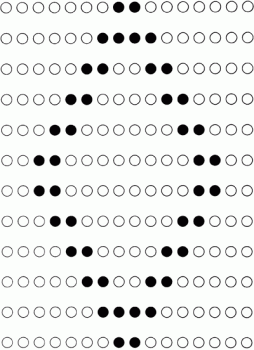American Journal of Archaeology | The Journal of the Archaeological Institute of America
You are here
Singing the Rug: Patterned Textiles and the Origins of Indo-European Metrical Poetry
October 2006 (110.4)
Singing the Rug: Patterned Textiles and the Origins of Indo-European Metrical Poetry
The prehistoric development of weaving ranks among humanity’s greatest technological accomplishments. The subsequent production of elaborately patterned textiles, as opposed to nonpatterned forms of woven cloth, requires a great degree of technical expertise and is highly labor intensive. Fabrication processes implicit in a complex woven pattern requires the commitment to memory of a substantial amount of numerical and color-related information. Modern observation of traditional weavers in India and Central Asia suggests that this numerical information may have first emerged in the form of memorized, rhythmic chants that allowed weavers to both remember patterns and reproduce them as frequently as required. Moreover, the linguistic and poetic associations between weaving and singing preserved in several Indo-European languages also suggest that these chants were, at some point, sources of rhythmic or possibly metrical narration in their own right.
Singing the Rug: Patterned Textiles and the Origins of Indo-European Metrical Poetry
By Anthony Tuck
American Journal of Archaeology Vol. 110, No. 4 (October 2006), pp. 539–550
DOI: 10.3764/aja.110.4.539
© 2006 Archaeological Institute of America


